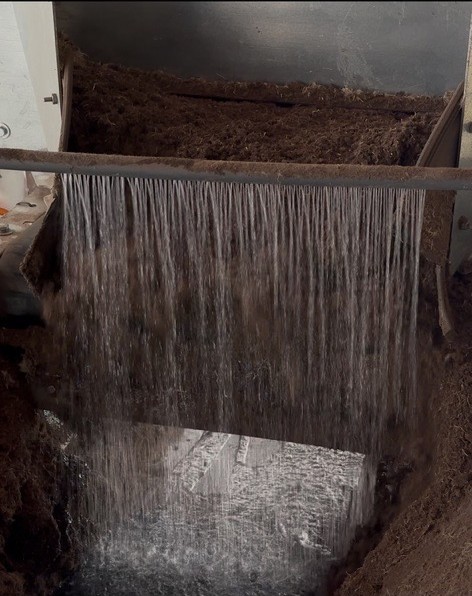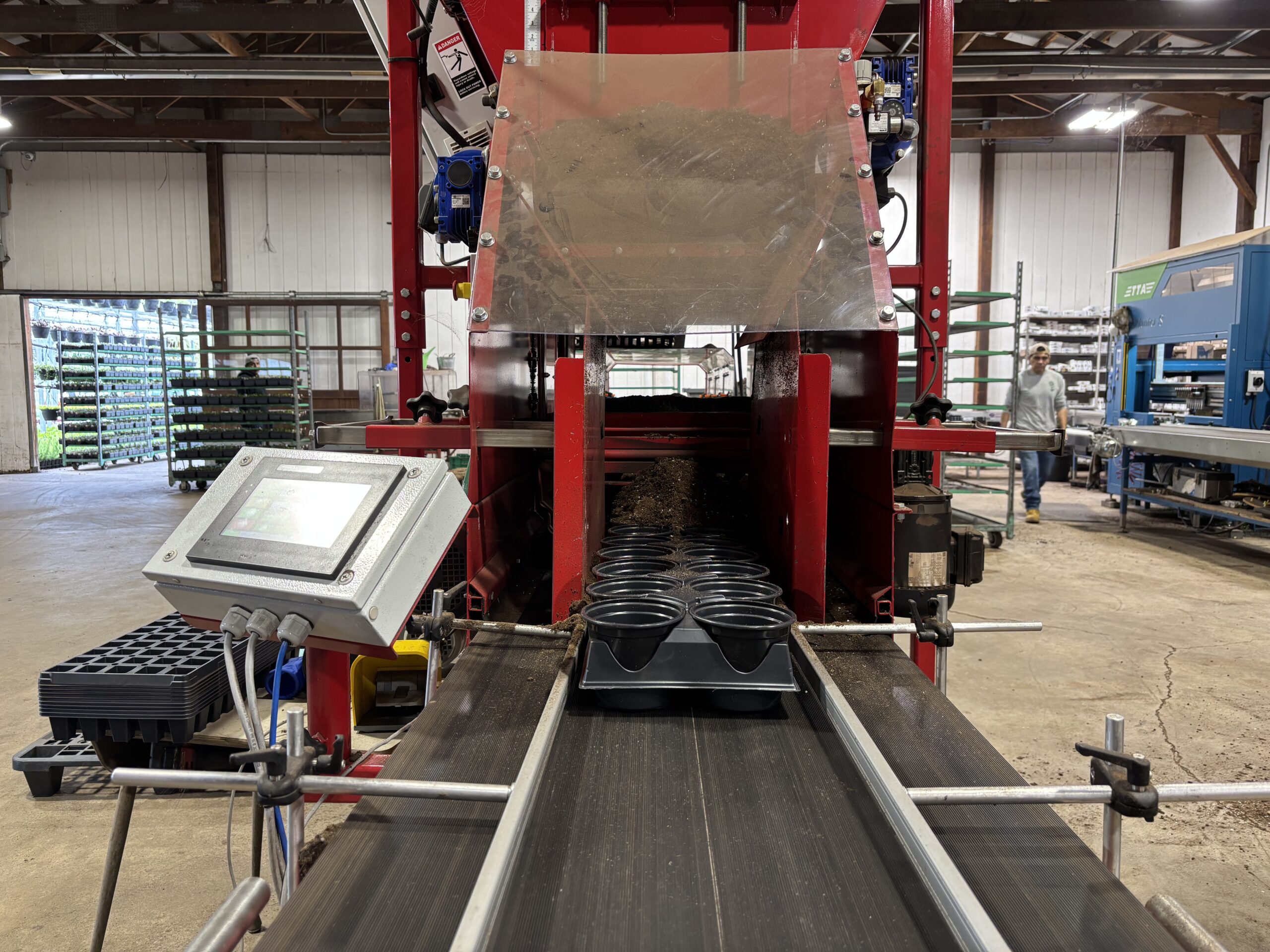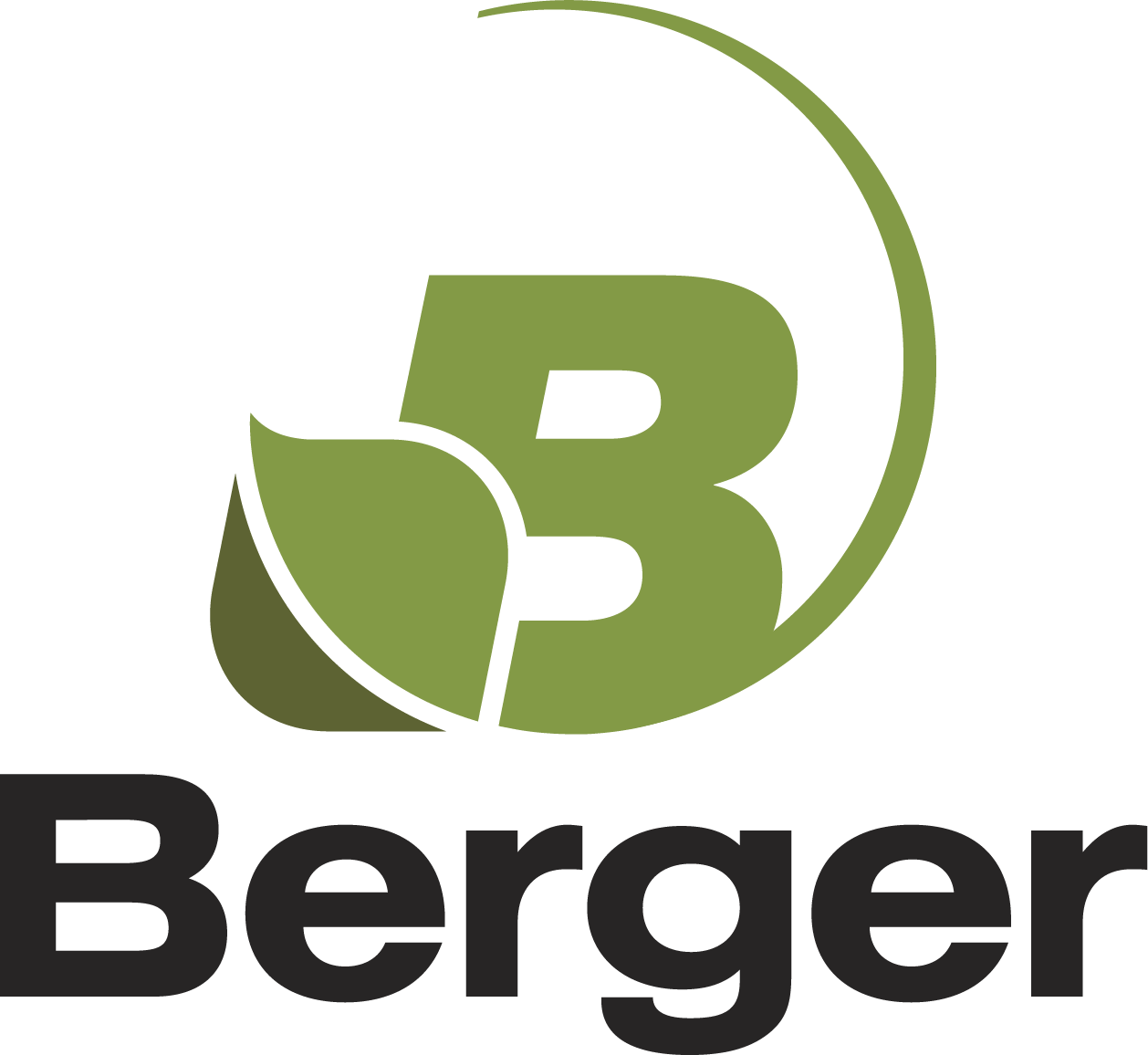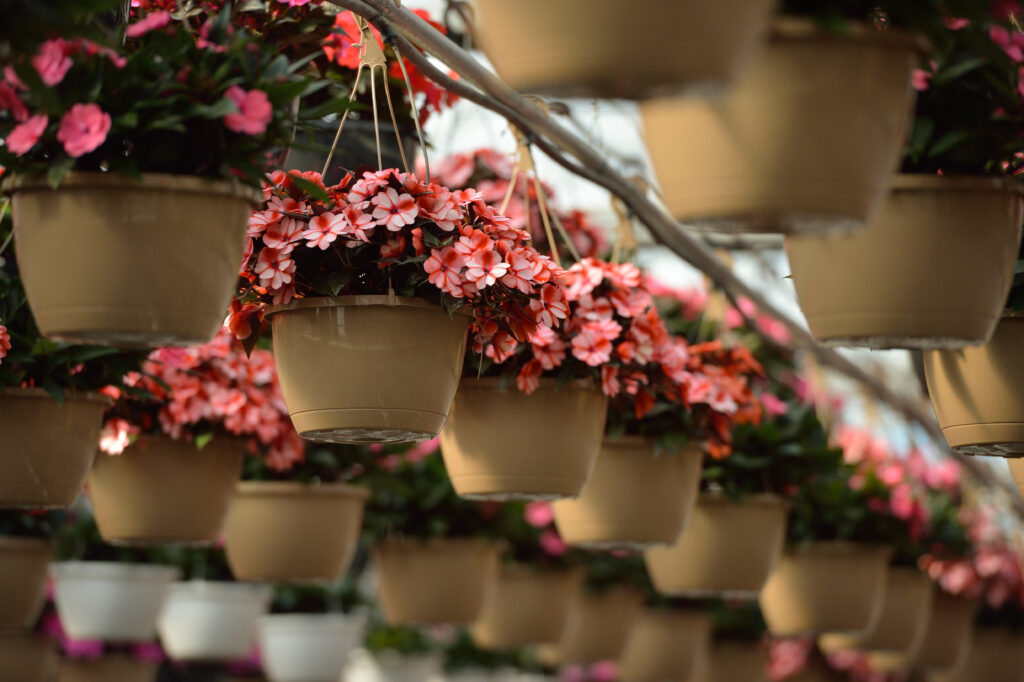Optimizing Container Filling to Reduce Waste and Boost Crop Performance
Automation is a very good way to save time and money, but potting equipment can easily set you back and cut your profits if it’s not maintained and set up properly. It’s easy to see why downtimes are costly, but a lesser-known fact is that one of the most important things to get your crops off to a great start is how you process your substrate from the bale shaver to planting. Poor substrate handling can cost you time and labor, while also lowering both yield of media per bale and crop quality.
Easy Ways to Quickly Improve Your Potting Line
One of the simplest yet most effective changes you can make to your potting line is ensuring that compressed substrates are properly hydrated before pot filling. Without adequate water, peat fibers remain under-hydrated, limiting air space in the root zone. Bringing your compressed mixes to full hydration is the easiest modification you can make, with the best return on investment (ROI). Proper initial hydration not only increases the volume of usable media per bale but also enhances the overall structure of the growing media.
Think it sounds too simple? Take it a step further by adding a wetting agent to the water used during the bale processing stage. This is especially beneficial when using growing media that has been in storage for a while, such as during the summer months. If your bale processor feeds directly into a hopper and onto the filling line, adding the wetting agent here ensures the media is properly hydrated.
To ensure you’re adding the right amount of water, consider installing a water meter before the solenoid valve and wetting agent injector. These inexpensive tools take the guesswork out of the initial hydration process and ensure accuracy.
Additionally, fine-tuning your filling line equipment to deliver the optimal amount of mix per container helps reduce the recycling of media through the return equipment. This improves both the media yield per bale and the porosity of the root zones, leading to healthier, more robust crops.
- Make sure gates, brushes heights, media shoots, and belt speeds match the container size and shape,
- Turn off the vibrator plate, if present, or check that the compactor wheel is turning in the proper direction for the specific application on the potting machine. There are many variations in potting machines, so check with your technician to be sure settings can maximize air space in containers.
- Improper settings lead to overfilling containers by 20% or more.
- If using several container sizes, they may each need their own setting.
- Be aware of how much media is recycled through the process, as every recycling trip breaks down the substrate particle size, eventually leading to reduced porosity in some containers, but not all.
After evaluating equipment settings, take a closer look at the physical motions each employee must perform on the line. Streamlining processes can save valuable time, but many inefficiencies are overlooked due to ingrained habits. For example, tools stored just out of reach, equipment obstructing other tasks, employees constantly moving back and forth, or materials stored far from where they’re needed, all of these factors add up to wasted time and increased costs. Focusing on these details can reduce labor costs, improve workplace safety, and enhance employee well-being, especially when the team is actively involved in the process.
- Look at how many steps are needed to accomplish each task and how this number can be reduced.
- Plan storage in relation to where materials are used.
- Adjust table heights to improve ergonomics.
Listen to employee ideas about improvements to their work areas and implement them where possible. This cost savings strategy maintains good relationships and improves operations for everyone.
A Checklist of good potting line maintenance practices to verify:
When equipment is in use:
- Blow off the line daily, preferably at the end of the day, to keep it clean.
- Make sure the water supply is hooked up and in good working order.
- Inspect water lines to confirm there are no leaks.
- Confirm water bars and nozzles are spraying correctly.
Between uses when potting equipment will be idle for extended periods:
- Remove leftover media, clean and disinfect equipment.
- Make sure the line is dry to avoid rust and water-damage
- Consider covering hoppers during longer downtimes to keep clean between uses
- Plan timely maintenance, including greasing bearings, adjusting belts and chains, verifying solenoid valves operate properly, inspecting the shaver’s bars and augers
- Keep an inventory of replacement parts to reduce downtime
- Calibrate sensors
Container filling is often the first step in greenhouse processes, yet it’s frequently overlooked, and substrates are treated like soil. Identifying areas for quick improvements and ensuring equipment is well-maintained are essential for achieving cost savings in this crucial step. As equipment ages, it can degrade substrate particle size during filling. A simple way to determine if equipment is damaging the substrate is by sampling it before and after it passes through key points of the line. Berger’s lab technicians and experienced Grower Advisors are available to assist with substrate sampling and analysis to optimize your potting lines.


Contact your Berger Sales Representative for more details and to set your operation up for the best growing season yet.
Read more on cost cutting strategies here: Smart Irrigation: The Key to Healthy Crops and Efficient Growing


